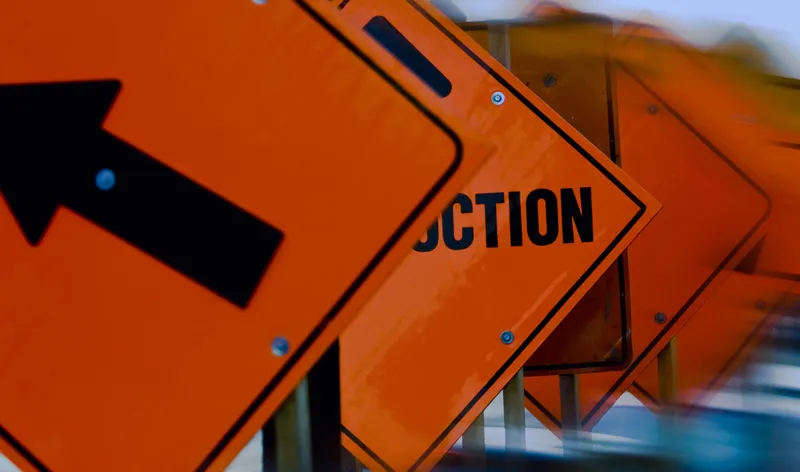
ITS America and the American Association of State Highway and Transportation Officials (AASHTO) have told a court in Washington, DC, that the full 5.9 GHz spectrum band must be preserved for Vehicle to Everything (V2X) technology.
In oral arguments in the DC Circuit Court, the two organisations reiterated that using the whole band for transportation communications "is critical to reducing crashes and improving safety on US roads".
The Federal Communications Commission (FCC) has reallocated 60% of the band to unlicensed, non-transport uses - but ITS America and AASHTO argue that V2X and connected vehicle technologies need access to the entire 75 MHz of spectrum.
Yesterday's arguments follow an appeal which ITS America and AASHTO launched last June to reverse the FCC decision.
“The loss of life is devastating, particularly given recent trends – roadway fatalities increased 8% in 2020 (over 2019) and by another 18% in the first half of 2021,” said Laura Chace, President & CEO of ITS America.
“Connected vehicle technology is our best tool to make roads safer and save lives, and we can’t leave it on the sidelines.”
“AASHTO and a broad cross-section of transportation safety experts and stakeholders have steadfastly objected to retaining anything less than the current 75 MHz of bandwidth for transportation,” said Jim Tymon, AASHTO executive director.
“State departments of transportation are heavily vested in the development and deployment of connected and automated vehicles that have tremendous potential in significantly improving safety, mobility, and accessibility for all people.”
Chace and Tymon say the FCC "did not heed extensive concerns of dozens of transportation stakeholder organisations and safety experts, including USDoT and every state DoT, before it issued the final order".









